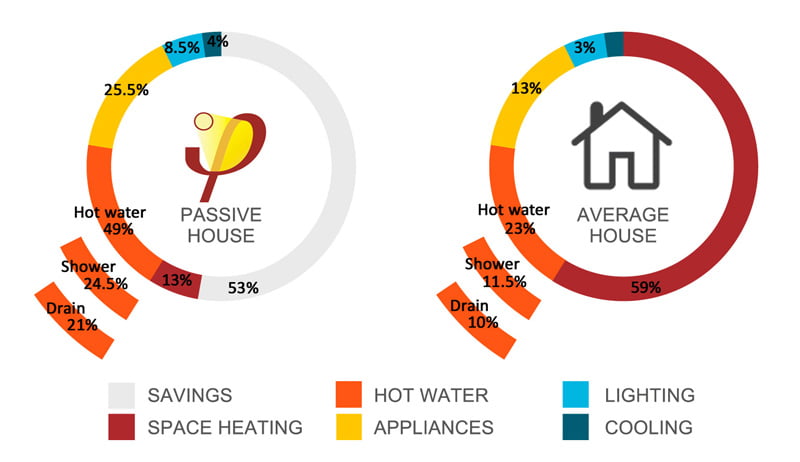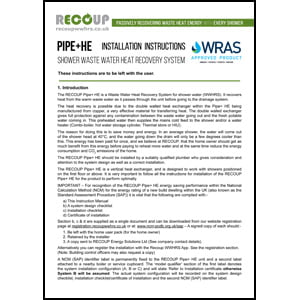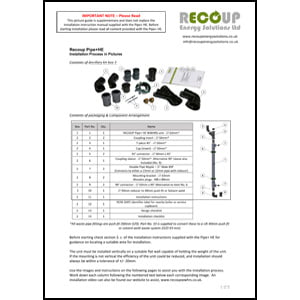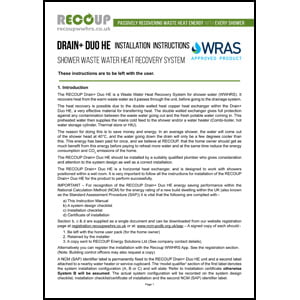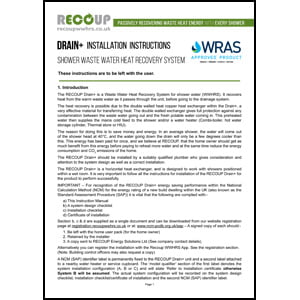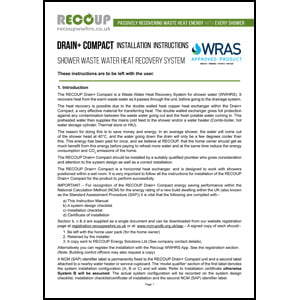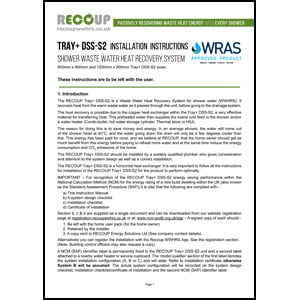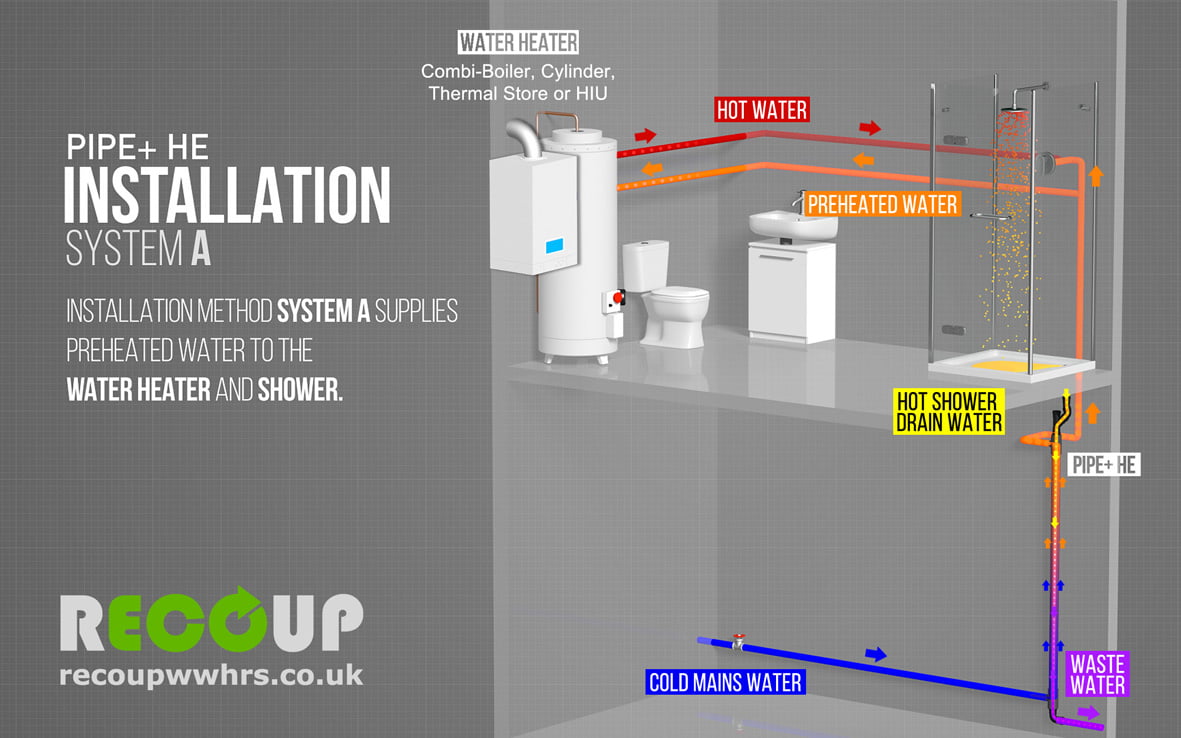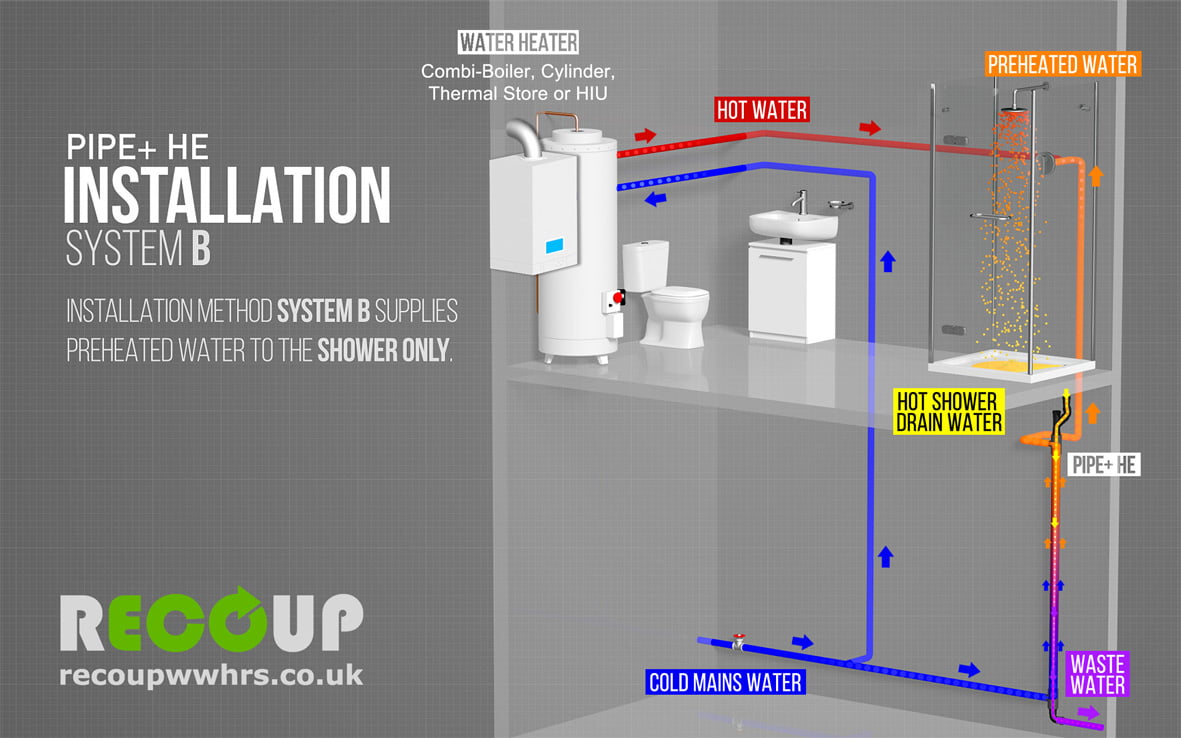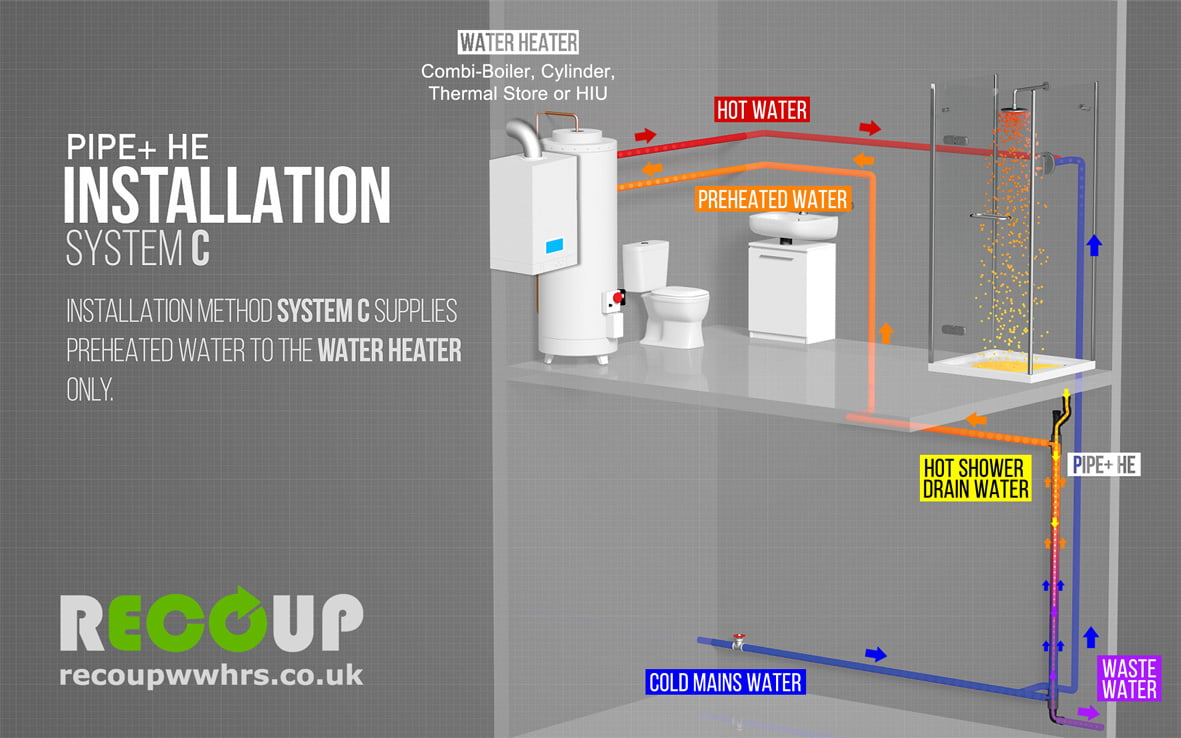Waste Water Heat Recovery for Showers
CCC 2019 report suggests: UK can be NetZero using current technology
It’s been a big couple of days for positive announcements regarding climate change in the UK and the proposed route to reducing the UK’s housing emissions to Net Zero.
The UK Green Building Council (UKGBC) launched its’ “Net Zero Carbon Buildings, Framework Definition”, (30th April) while the Committee on Climate Change (CCC) have published: “Net Zero – The UKs Contribution to stopping global warming” (2nd May) specifically requested by Government in an effort to understand the costs involved in raising the UK’s climate ambitions….. and this is all against a backdrop of climate protestor demonstrations and the UK Parliament passing an extraordinary bipartisan motion: a national declaration of an Environment and Climate Emergency (1st May).
It would appear that the road to Net Zero buildings is, at least, visible somewhere in the distance, even if not exactly back on track. And according to the CCC, a net zero UK doesn’t have to cost the economy any more than the current expectation of cost for meeting the UK 2050 (80% reduction targets).
One of the key drivers towards net zero buildings outlined by the UKGBC is demand reduction in buildings. This has been echoed by many forward thinking planning frameworks such as London Plan and more broadly the UK Climate Change Act. It makes perfect sense to reduce energy usage as much as possible in buildings and dwellings, via building fabric, air tightness and demand reduction technologies, such as Waste Water Heat Recovery for Showers (WWHRS).
However, with around 29million UK domestic dwellings that need to be retrofitted to net zero, the time to look seriously at this is NOW.
In the UK it has been estimated that bill payers pay over £2.3billion per year to heat water for showering, which accounts for around 50% of a typical families’ hot water use. Without WWHRS attached to these showers, around £1.95billion (85%) of this energy goes down the drain as wasted heat energy. With WWHRS attached, around £1-1.3billion could be saved per year. This alone, could potentially account for around a 5% reduction in CO2 from UK dwellings.
The time to act on climate change is now. We must use the tools and technologies we have available to us right now, rather than wait for technologies that we would like, or would wish for. There are policies in place, but these are not even sufficient to achieve existing 80% 2050 targets….developers, housing association providers, home owners need to take it upon themselves to ensure that the correct measures are being used to ensure that they are maximising their carbon reduction efforts and ensure that WWHRS for showers is part of their energy efficiency mix. As the graph below demostrates, without WWHRS included, event the most well insulated of dwelligns can still be wasting an ever increasing proportion of thier overall energy budget.
